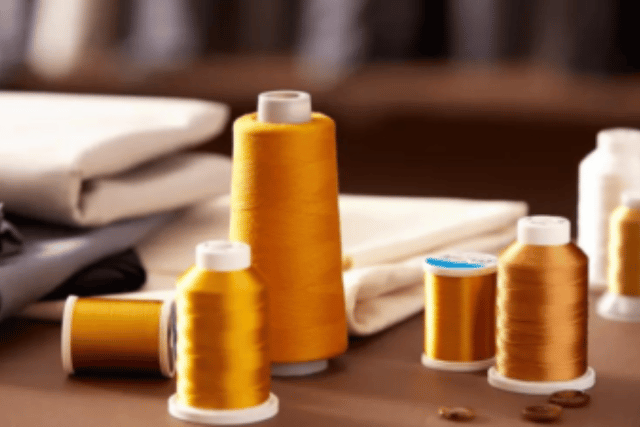
Textiles in India: Past, Present, and Future
Numerous textiles and a diverse cultural heritage of Indian textiles are summed up in this line. Our textile industry is estimated to be worth $16 billion at the moment, or about 6% of the global market. India is one of the world’s top five exporters of apparel and textiles. Is it possible that our textile industry has always performed so well, or were there any breakthroughs or innovative approaches that helped propel our nation into the top five?
The textile industry has been a part of our nation’s history for centuries. There are distinctive textiles available in every Indian state. For instance, Ilkal sarees are made in Karnataka, the hand-painted cotton textile known as Kalamkari originated in Andhra Pradesh. Phulkaris are the symbol of Punjabi culture, Pashminas represent Kashmir while Sambalpuri fabric is found in Odisha. Numerous fabric aficionados have been captivated by the vibrant Indian textiles, which are highly prized worldwide. The impact that textiles have had on society throughout history cannot be understated. Here is a brief article about the Indian textile industry.

India’s Legacy in Textiles
The textile industry began to gain momentum at the beginning of thenineteenth century. In 1818, the first textile mill was built at Fort Gloster in Kolkata, and in 1854, a cotton textile mill was built in Bombay. In 1861, Ahmedabad became part of the textile industry’s expansion. The cotton textile industry made rapid progress in the second half of the nineteenth century.

Mahatma Gandhi urged people to use a spinning wheel to make their own cloth during the Swaraj movement. Khadi came to symbolise self-reliance and independence. The British Empire lost its hold on the textile industry as the Swaraj movement gained momentum. This remarkable event changed the course of our Indian textiles as a whole and caused the industry to be completely reorganised.
Inventions that altered the current state of the textile industry
- Flying shuttle helped weavers weave more quickly
- Spinning jenny made it easier to spin yarn more quickly
- Spinning mule made more spindles
- cotton ginning machine automated the process of separating cottonseed
Tech-xtile for rapid expansion
We can become the world’s new textile and apparel production hub with tech-enabled solutions. The Indian textile industry requires scalable and environmentally responsible solutions. Some of the aspects that will assist us in building core competencies to become the global leader in the textile industry include innovative fibers, smart farming to amplify natural fiber farming, recycled yarn production, and changes in supply chain management.
Using 3D technology The use of 3D technology will make it easier than ever to make products. The best fit for costumes can be determined with the help of 3D rendering.
Blockchain for efficient operation The textile industry’s interaction and transactional processes will be significantly altered by blockchain. Blockchain will not only make the transactions transparent, but it will also make it easier to track relevant data points, which will be beneficial to all parties involved in the textile supply chain.
Fabrics of a high quality While we strive for a significant share of the global textile market, it is essential to ensure the production and utilisation of premium natural fabrics.
Optimization through digitization The textile supply chain can be digitized by bringing accurate data and processes together on a single platform, paving the way for more products to be made and manufactured.



